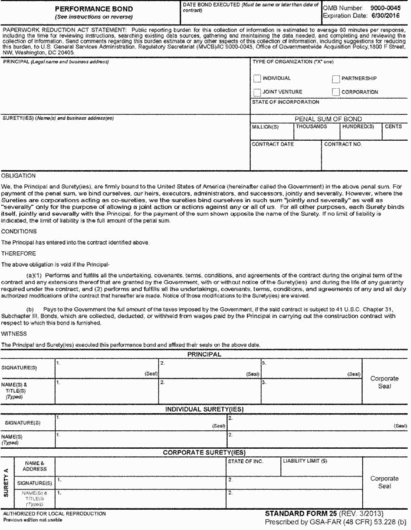Subcontractor Default Insurance Versus Surety Bonds
6/13/2016 | Construction Blog
Although it’s hardly a new product at this stage, the introduction of Subcontractor Default Insurance (“SDI”) is much more recent than the use of surety bonds. Many of the very large general contractors are now using SDI because it allows them to control the claims process a bit more. These policies, while useful, should not be confused with surety bonds though. There are some important distinctions between the two that are worth noting.
 The first difference between the two is that SDI does not guarantee completion of the work. When bonds are required on a project, the bond package often includes a performance bond. This type of surety bond is, as its name suggests, a promise by the surety to make sure the project work gets completed. An SDI policy will cover the damages caused by a defaulting subcontractor; but there is no component guaranteeing the project will be completed.
The first difference between the two is that SDI does not guarantee completion of the work. When bonds are required on a project, the bond package often includes a performance bond. This type of surety bond is, as its name suggests, a promise by the surety to make sure the project work gets completed. An SDI policy will cover the damages caused by a defaulting subcontractor; but there is no component guaranteeing the project will be completed.
A second difference is that SDI usually comes with some sort of deductible. This is because it is, in the end, insurance. As such, it is written like a typical insurance policy with a similar claims structure. These deductibles can vary depending on the size of the policy, but they nonetheless exist. A surety bond has no such deductible.
A third difference is that surety bonds will work on both public and private projects. SDI, while sold as a similar product, has not received wide spread acceptance by public bodies as a replacement for surety bonds. This is in part because legislatures have not made necessary changes to the law that requires the use of bonds. But there is also a resistance to making the change for, among other things, the reasons stated above.
This list of differences is not exhaustive. It does, however, demonstrate that SDI and surety bonds do have differences. Both are good products and should be considered for use; but understanding the differences is important.
